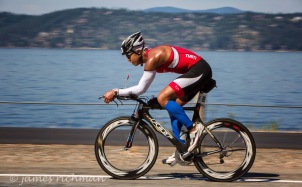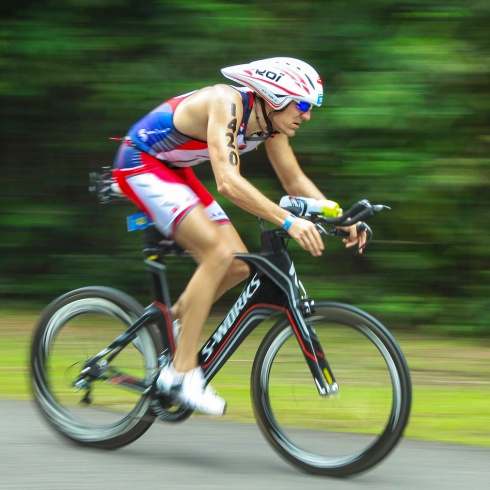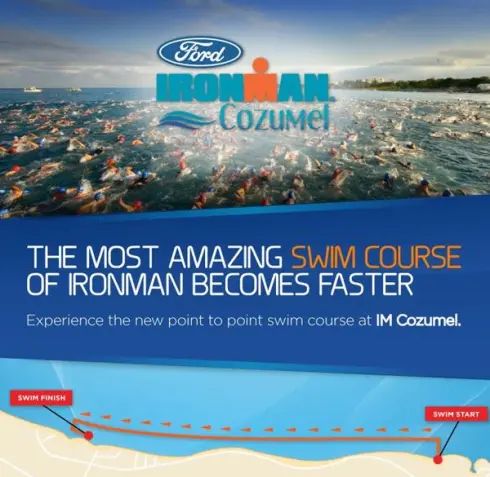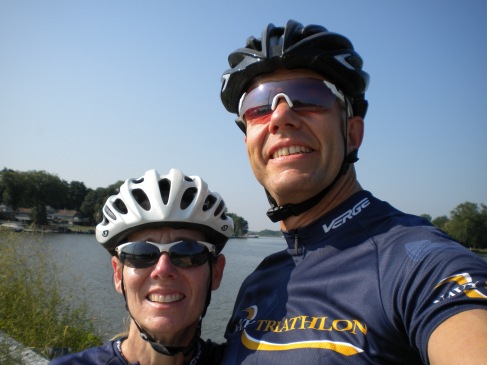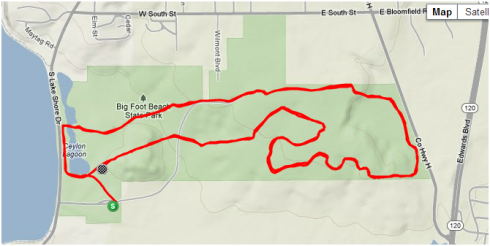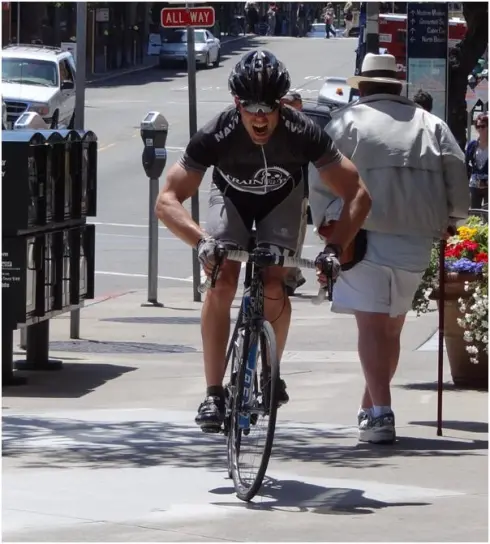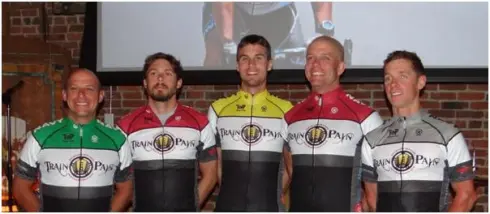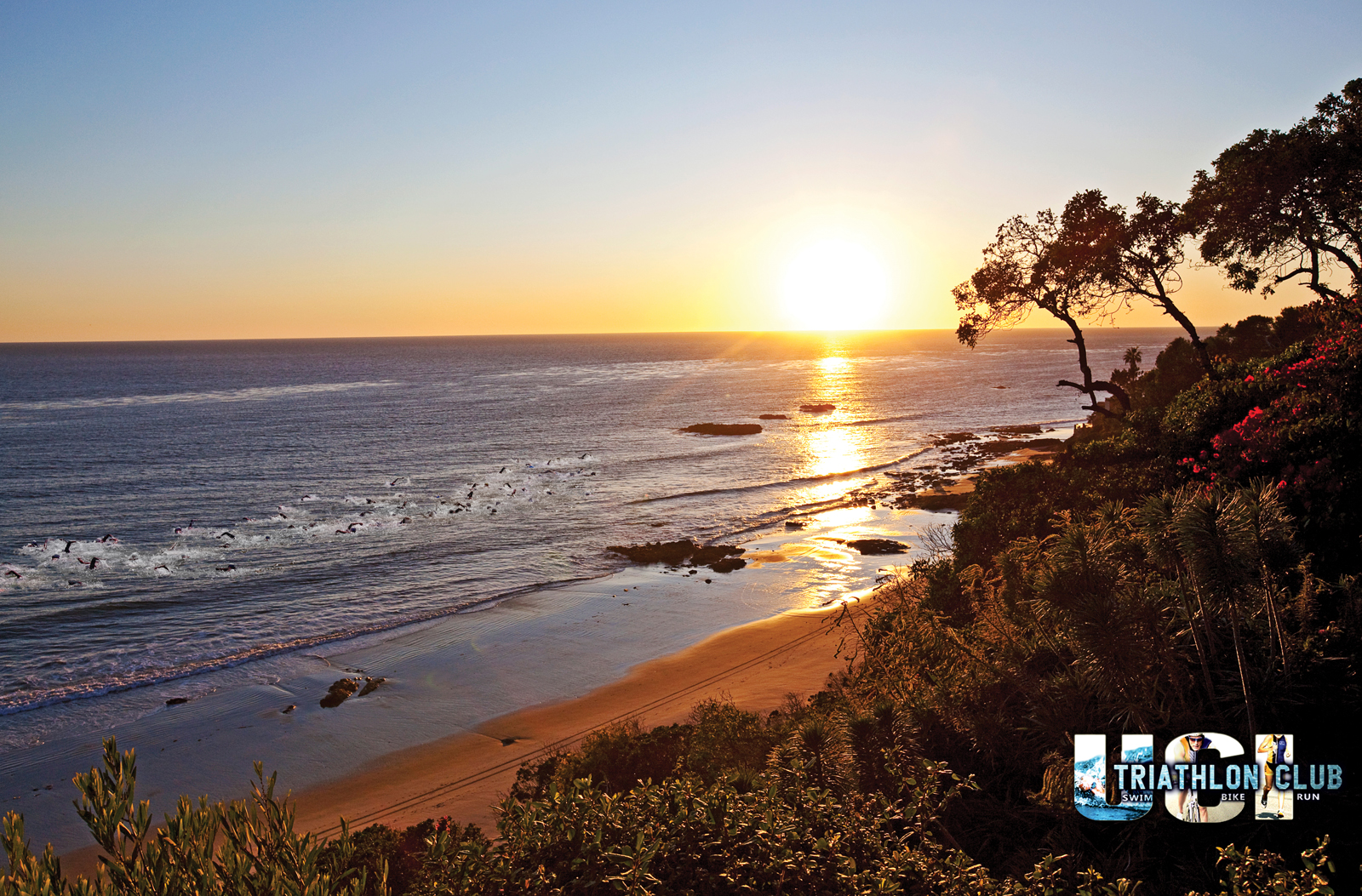December 1, 2012
Although there is still another month left of this year, I am at a point where I can say this year has ended, or maybe more importantly that next year is beginning. The relative silence on this blog isn’t because nothing was happening, but rather my focus hasn’t been so much on my own training and racing. In addition to working my first job out of residency with a lot of focus on how I want my clinics to function, I have been spending more effort on coaching. Coaching without coaching certification didn’t seem like a big deal to me before, but after I obtained my USA Cycling Level 3 Coach and USA Triathlon Level 1 Coach certifications I realize that these certifications are a beneficial part of developing a coaching business. Also this year I began a triathlon club, Med Fit Racing.
I can say that I’ve exercised fairly well this year, but haven’t really trained well for anything. Living in a new area I wanted to experience some local races, but still ended up traveling quite a bit to other events. Last Fall I did several running events such as a 10K, a 10 mile, and a marathon, but after cycling really dropped off due to the shock of the cold. In many ways I feel like I didn’t do much this year, but actually raced in a handful of criteriums, several 5K runs, a 10K, an 11 mile run, two Olympic distance triathlons (ITU San Diego, Big Foot), two Ironmans (Wisconsin, Cozumel), Leadville 100 MTB, a Gran Fondo (San Diego), two road races, and several cyclocross races. I didn’t write race reports for any of these, but I remember them all well and had great experiences with all of them.
The year began with a criterium series in Kenosha, WI. It was very cold, but these races were safe and a lot of fun. The Masters fields were generally very experienced and fairly quick, but smaller than most other criterium series races. I raced with Activator Cycle Club, and our club president Bob Ruggles managed to get a good showing for some of the events. Molly also decided to give criteriums a try and found out how much fun they can be. We did a couple other crits in the spring that were much larger and the courses were more technical, but it was still freezing cold. In the spring we also did the Leland Kermese, which was a road race with much of the roads being gravel roads. It was freezing, but at least dry this year, and I managed to have a great race despite losing the peloton early in the race.
The first triathlon of the year was ITU San Diego. The race was fun, and it was awesome watching the pro’s race for spots at the Olympics. In June we raced at Big Foot Triathlon in Lake Geneva, WI. This race was awesome. It was our first local race and we were impressed by how well it was run. There were a lot of clubs racing, but no single dominant team. I looked at these teams and how they market their triathlon club and felt that they were a bit too exclusive and that I could develop a team that was more welcoming to athletes of all abilities to provide camaraderie. I couldn’t find a club locally that was anything close to what the Tri Club of San Diego was like. So it was the beginning of Med Fit Racing, a club for newcomers to competitive athletes. Triathlon can be a lonely sport, but it doesn’t need to be and it is much more fulfilling when you become friends and train with people that have similar values and goals.
I added a new bike to my arsenal this year too. A 2013 Kona Jake the Snake. It is so cool. It rides similar to a road bike, but can ride over anything. I have fallen three times during races, but despite that don’t feel that I’ve really tested the limits of what this bike can do. Molly and I got a matching pair from Activator Cycles when they were first available, and since they have been selling a ton of those bikes. I’ve done several races, including a night time race, and they are a blast. I haven’t figured out how to race these fast, and even got beat by an 11 year old at one race. That’s alright, I still had a blast. The cross bike has also become my favorite bike to commute on because I can ride through grass, on and off sidewalks, and have no worries with it.
The biggest races this year was the Leadville 100 MTB, Ironman Wisconsin and Ironman Cozumel. Leadville was awesome. I don’t really know how to ride a mountain bike, and I didn’t do anything to prepare for this race. A friend of mine, Joe Mattingly, let me borrow his custom steel frame hard tail 29er. It was perfect. Last year I went to the race to help Strava promote their app, so I was provided an entry for my efforts. I had to do the race even though I had no idea what I was getting myself into because it is such a famous mountain bike race. They say that Leadville is not technical, but for a novice like me it seemed very technical. I had my eyes opened to what it is like riding on a course like this that is super crowded, and somehow managed to keep myself out of trouble. No falls, and a strong finish at around 10:35 to earn a belt buckle was pretty sweet. I don’t usually race by heart rate, but for this event it was perfect. I didn’t know how the elevation and terrain would affect my perceived exertion, so I just settled in on a heart rate that I was confident I wouldn’t burn out too quickly.
Ironman Wisconsin was only a month after Leadville. I had signed up 1 year before the event, and had ambitions of qualifying for Kona. Later that year I decided to sign up for Cozumel as a ‘back up’ race. This back fired a bit because I ended up backing off on my training for Wisconsin. Anyway, the race began with a decent swim and bike, but I never found my legs on the run. Despite not training well, my swim and bike were decent enough that if I had a fair run the Kona spot would have been mine. I immediately realized I need to get quick for Cozumel just 11 weeks later. Unfortunately it took me longer to recover than I had expected. Two weeks after the race I still felt like I couldn’t get my run pace up to where it had been. Then the weather started turning cold and everything became tougher. I went off to Ironman Cozumel having lost a lot of my fitness.
I am in the Cancun airport as I am writing this, having finished Ironman Cozumel just 6 days ago. This race was really amazing. Although some people complained about the heat and the wind, I though both were rather moderate and tolerable. The swim had a strong current, which unfortunately a lot of athletes couldn’t overcome to get across the start line. Most of these athletes were women. Although they had entered the water, the officials determined that they had not started the race because they didn’t cross the start line (some of them swam for an hour to never cross it before they were forced to get out of the water). It’s bad for those athletes that had invested a lot of time and money and hope into this race, but it was also bad for the females that were gunning for Kona spots. The Kona spots are allocated after the start of the race based on the numbers of athletes that started in each age group. With so many women marked as DNS instead of DNF, some spots previously expected to be given to women were given to men. This affected one of my athletes, Maurin Scheetz, who placed 4th in her division, but the allocated spots were reduced from 4 to 2. One person’s bad day become another’s good day though because there were men that were not expecting to qualify that did.
The bike course was super flat and consisted of 3 loops. Some of the roads were rough, and some smooth, but they were all clean and free of hazards. Aid stations were plentiful and the crowds were out in full force. Kids were collecting Gatorade bottles and putting rocks in them, creating maracas. The roads were completely shut down for the race. Although there were few police out, not a lot like in US races. The island didn’t have any other business that day besides the race.
The run was also super flat and was 3 laps. The crowds and aid stations were incredible. My fitness was low, so I wasn’t too surprised my swim was slower, and that I felt very fatigued half way through the bike. I had no speed on the run, but overall had a blast out there.
So what’s next? I have decided it’s time to get my act together and qualify for Kona 2013. I have self-coached fairly well in the past, but this is a very tough way to perform well. It first involves having the knowledge of how to train and race, but also it requires a lot of effort to see what is and what is not being done right. In 2009 when I qualified for Kona I worked with Coach Jim Vance April-July, and learned a lot from him. It was a tough time for me to have a coach of that caliber because I was in residency and had a lot of other responsibilities. Now things in my life are more predictable, but since I am coaching I end up spending my efforts looking at my athletes and not at my own workouts. I contacted Coach Vance this week and he’s agreed to help me get back to Kona. It’s going to be a difficult but awesome year as I focus on my own goals and help my athletes achieve theirs.
It’s December now. What are your goals for the coming year?

